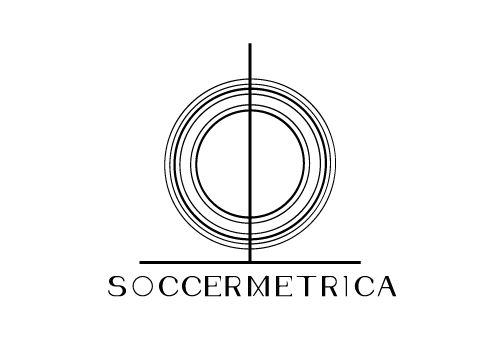After four consecutive seasons finishing first or second in the Bundesliga under Jürgen Klopp’s stewardship, Borussia Dortmund currently sit third from the bottom. Rather than challenging for the league title, the club is in the midst of a relegation battle.
In the early stages of the season, most fans and commentators tossed up Dortmund’s poor performance to bad luck. However, with nearly three-fifths of the season gone, it seems unlikely that such a poor league position can simply be attributed to bad luck. The frustration of Dortmund’s famously loyal fans finally boiled over after a home loss to Augsburg last week left the club dead last in the league (they have since climbed to 16th with a win over Freiburg).
Borussia Dortmund improved rapidly from a consistently mid-table club to perennial Bundesliga contenders after Klopp took over as manager in the 2008-2009 season. After rebuilding the squad and installing his preferred high-press, counterattacking system throughout his first two seasons, Klopp led Dortmund to back-to-back championships in 2010-2011 and 2011-2012. In 2012-2013, Dortmund finished second in the Bundesliga and lost in the finals of the Champions League, and Dortmund again finished second in the league in 2013-2014.
As quickly as Dortmund rose to the top of the table, their fall to the bottom is even more precipitous. What’s gone wrong with Dortmund? After four plus seasons of playing in Klopp’s high-press, counterattacking system, have the players grown exhausted? Is the team no longer properly implementing his system?
Interestingly, that doesn’t seem to be the case. I calculated the total shots ratio (TSR) for clubs in the Bundesliga since the 2009-2010 season using data from whoscored.com. TSR is simply the number of shots that a team takes in their games divided by the total number of shots in those games. TSR is an indication of how many scoring chances a club creates relative to their opponents. If TSR is greater than 0.5, it means that a club has more than half of the chances in their games. As is clear in the scatterplot, a club’s TSR is correlated with points per game (clubs earn three points for a win, one point for a draw, and none for a loss). The intuition as to why TSR is correlated with points per game is simple: clubs that create more chances than opponents tend to score more goals than opponents and thus win more games.
The yellow dots in the scatterplot represent Dortmund’s TSR vs. points per game for each of the past six seasons. The leftmost yellow dot is from the 2009-2010 season when Dortmund finished fifth. The dot which represents this season for Dortmund is labeled as “BVB 2014-15.” Interestingly, Dortmund’s TSR for this season is quite similar to the previous four seasons in which they finished first or second. However, Dortmund’s actual points per game is far lower than what would be expected based on their TSR (the red line indicates the expected points per game based on TSR). Thus, Dortmund seem to be creating a similar share of the chances in matches (as measured by TSR) compared to their previous four seasons, but they are not translating their shots advantage into a goals advantage.
The difference between Dortmund’s actual points per game and their expected points per game based on TSR is an extreme outlier. To demonstrate this, the absolute value of the residuals for all Bundesliga clubs from 2009-2010 through 2014-2015 (thus far) are plotted. This residual represents the absolute difference between a club’s actual points per game and expected points per game based on TSR. The residual for Dortmund’s 2014-2015 season (plotted in yellow) is considerably larger than any Bundesliga club in this six season period (108 observations in total).
Next, I compare Dortmund’s 2014-2015 residual to the residual for all clubs over the past six seasons (including the current season) in the top four leagues across Europe, which includes the Bundesliga in Germany, La Liga in Spain, the Premier League in England, and Serie A in Italy (468 observations in total). The residuals are based on models estimated separately for each league. Again, the absolute value of Dortmund’s residual is considerably larger than any of the other 467 residuals.
In sum, Dortmund’s system seems to be working similarly to their previous four seasons in terms of the share of chances that they create in matches. However, the difference between their actual points per game and expected points per game based on total shots ratio is massive. No other club over the past six seasons in the top four leagues in Europe (468 club-seasons in total) has experienced a difference of this magnitude between actual points per game and expected points per game! It is tough to diagnose precisely what’s wrong with Dortmund based on this analysis, but the problem does not seem to be rooted in Klopp’s system. Instead, it seems that Dortmund’s league position is likely due to a combination of an extremely low shot conversion rate and an extremely high conversion rate for their opponents. It’s up to you if you want to call it bad luck or poor execution.



